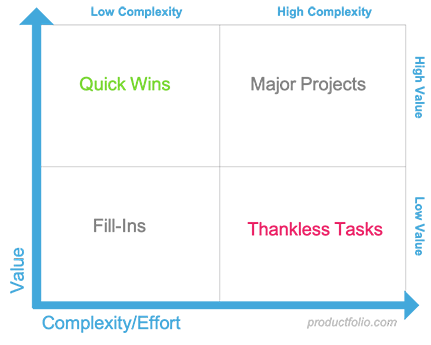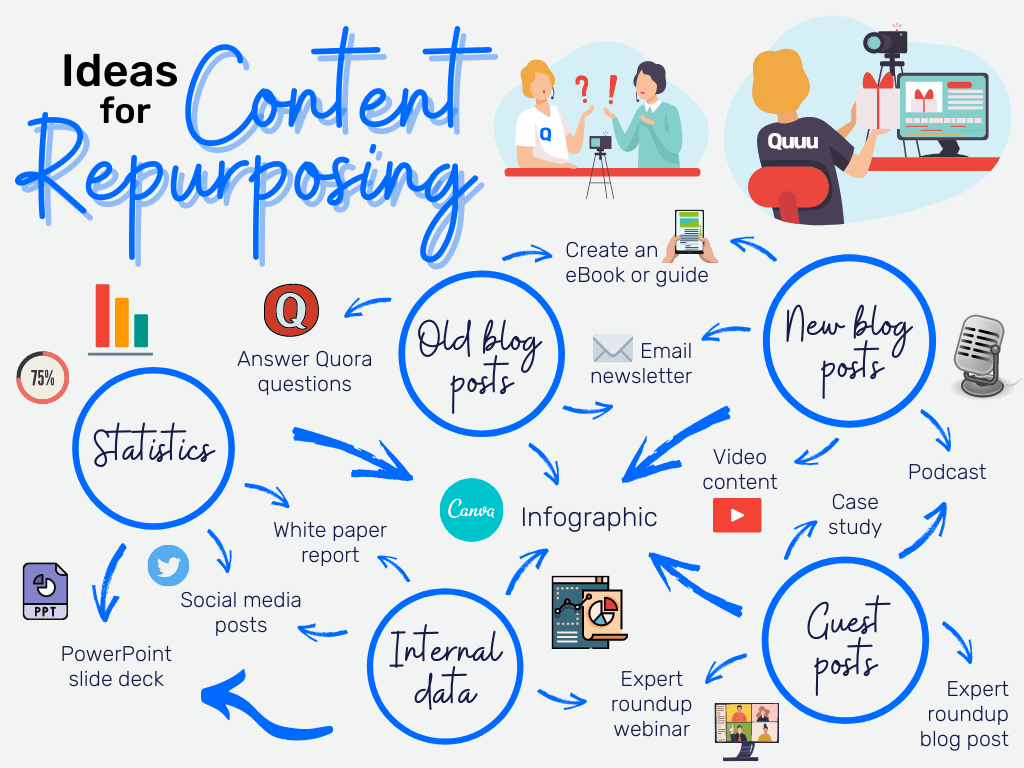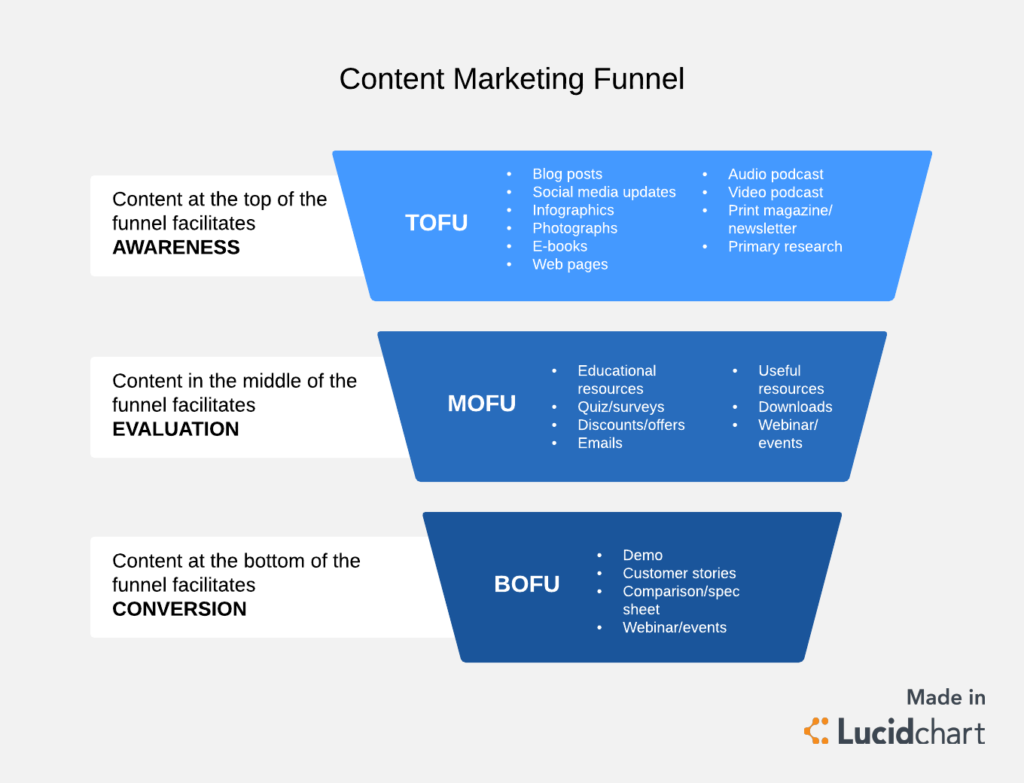Hi, I’m James. Thanks for checking out Building Momentum: a newsletter to help startup founders and marketers accelerate SaaS growth through product marketing.
Multiple times, I’ve been the sole product marketer in small but ambitious startups.
And as any product marketer can attest to, our broad marketing skillset means we end up doing everything from defining the messaging, building the deck, and launching products… to managing the website, making marketing lead-gen content, running webinars, and training the sales team.
Honestly, it’s tough. You’re being pulled in every direction, you don’t know where to prioritize, and you need to deliver – even though you don’t have the budget or support you need to get stuff done!
And hopefully you’re able to fight the good fight and make the business case to hire extra help. But sometimes you’ve just gotta push through.
In those situations – and really, if you’re a product marketer in a team of any size that needs to be scrappy for one reason or another! – here are a few tips on managing the workload with impact in mind, and getting the maximum bang for your buck.
In this post:
Prioritize, prioritize, prioritize
Set this up early, and stand your ground.
I really like using ICE prioritization as a starting point.

ICE stands for :
- Impact – how much the initiative may help move the needle
- Effort – how difficult it will be to execute
- Confidence – how sure you are that the impact and confidence are correct?
You then use the formula above to create a score to sort your list of potential things accordingly. You can also plot them on a graph like the below to help visualise where your backlog sits.

You can plot a the overall value score, against the effort score to get an idea of where the chips fall.
Maybe there are quick wins that provide high impact that you’re pretty confident about, without much effort: a prime opportunity to get stuck in.
And perhaps there’s a sneaky task that could be medium or impact, but actually is going to take a load of effort to get off the ground… so maybe it’s something to deprioritise for now.
However you decide to prioritise potential initiatives, make sure you set a process to evaluate the things you need to work on, and share it with the broader business.
You’ll want a process for exceptions too – like when a high-value opportunity comes in and you need to support the deck, or a new piece of content is needed to prevent customer churn. These should be routed through your line manager, who can either defend the prioritisation or make the decision to deprioritise something else.
Be transparent on what you can (and can’t) do
When you’re trying to do more with less, the worst thing you can do is overpromise the world, and underdeliver.
Managing expectations is so crucial – not only will it affect your ability to deliver, but it affects the perception of you as an individual contributor, and of the product marketing function at large.
Perhaps every few weeks, you can share a brief update on Slack with the projects recently completed, those in play, and what’s prioritised next.
Reduce, reuse, recycle
Often our product marketing work can seem quite siloed. Positioning sits over there; content creation sits over there; webinar campaigns are in the corner.
And if you’re being stretched thin, you need to find opportunities to align everything around as little work as possible.

We can lean into the concept of content repurposing: create the base material once, reuse and reformat everywhere. Here’s some examples:
- Your customer and market research interviews should allow you to see the themes and challenges that are popping up
- You can run an easy to create panel-format webinar on that topic with a customer or other industry expert
- The panel webinar can be turned into multiple videos and snippets for Youtube and social media
- Turn the webinar discussion into a lead-gen PDF, peppered with qualitative quotes
- Design the quotes into shareable social media images
- Offer a ‘personalized evaluation’ to encourage demo requests
- Send email campaigns to your marketing database, encouraging them to go from ‘problem aware’ (with the webinar and PDF download) to ‘solution aware’ (with the demo request offer)
And suddenly, with little effort, you can go from a single insight into a full campaign – and you can get started with just an email campaign and a landing page.
Tip: Don’t write content marketing blog posts (unless you don’t have $600 a month)
Product marketers can do content marketing, but should not do content marketing. Yes, we can write content. Yes, we can distribute content. But we can’t do that well in addition to everything else we should be doing.
If you’re a PMM writing content, you need to find flexible freelance writers or use a content marketing service like Scribly to bolster your content, set the foundations for good SEO footprint, and provide content that your sales teams and customers can use in the buyer journey.

Outsourcing content creation doesn’t mean outsourcing the strategy – you should still set the scene in terms of topics, questions your customer wants answering at the top, middle, and bottom of the funnel.
But your energy is best used in driving results from product marketing foundations as a multiplier, not wordsmithing an 800-word blog post.
At every opportunity, restate strategy
Not in a grandiose ‘we’re sticking to the strategy!’ way.
But keeping your go-to-market strategy close to hand can help you with all of the above.
You’ll probably find everyone has great ideas and wants to share them with you. A cool new target customer that could be good to validate, a marketing campaign idea, or positioning changes they want to try.
Subconciously, we already understand the biases and motivations that our stakeholders have. If we can start doing this consciously, we can find better ways to work with them.
Take recency bias – most seen in sales reps, who operate at a 1:1 scale with each prospect. If they’ve heard pushback on a pitch, but tried something new randomly that kinda worked, they might think success actually lies with their spitball direction.
Here, restating the strategy that’s been selected, the evidence for the current approach, and asking whether they think the strategy is wrong, or if the execution could be better, can help them reconsider the broader context.
Don’t forget to develop yourself
Scrappy product marketing doesn’t mean letting yourself operate at the whims of others. Instead, you can take charge and chart your own course, collaborate better with others, and put your own plans into action.
So don’t forget to find opportunities to learn and push yourself. Subscribe to product marketing newsletters. Engage in communities. Take courses. Find casual mentors. Read industry news. Have an open mind!
(P.S. We’re opening up registrations soon for the fourth cohort of WTF is Go-To-Market. Register your interest, and we’ll let you know as soon as applications are open!)
Thanks for reading! Let me know what you thought – find me on Twitter and LinkedIn.
P.S. If you’ve found value in Building Momentum, could you buy me a coffee? Here’s my tip jar – any support is gratefully appreciated!
P.P.S: If you enjoyed this post, will you share Building Momentum with your network?




